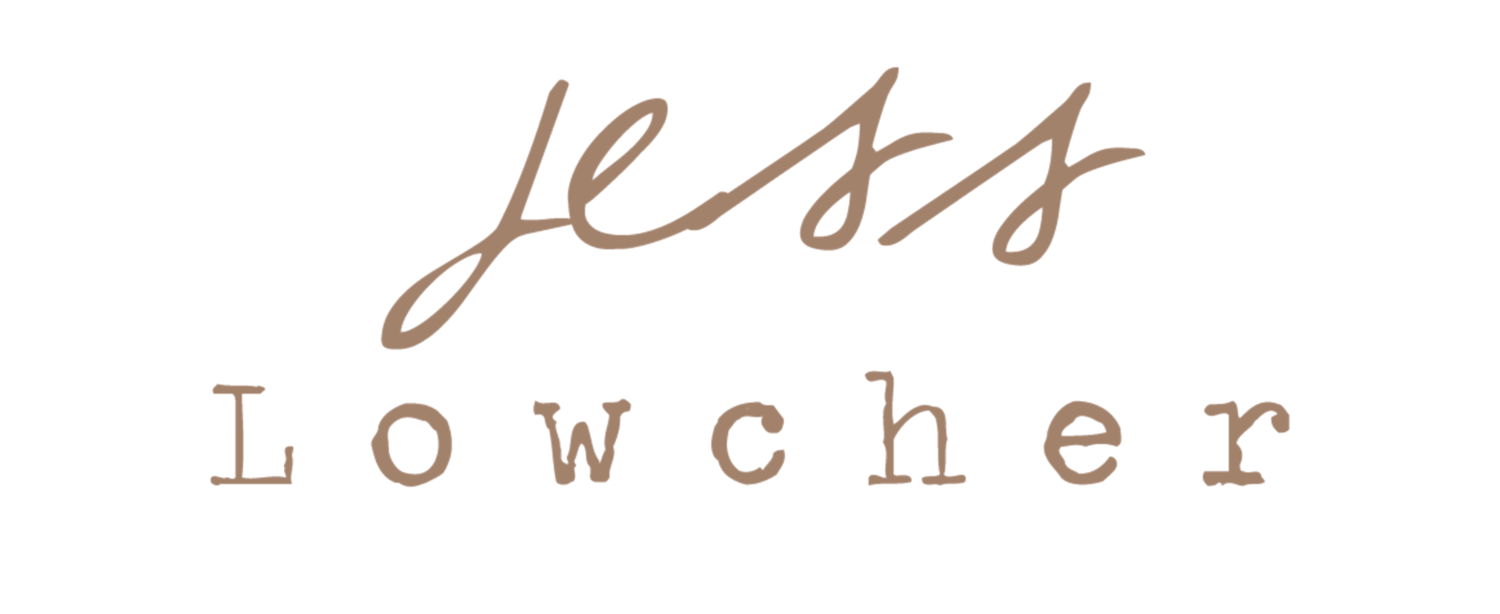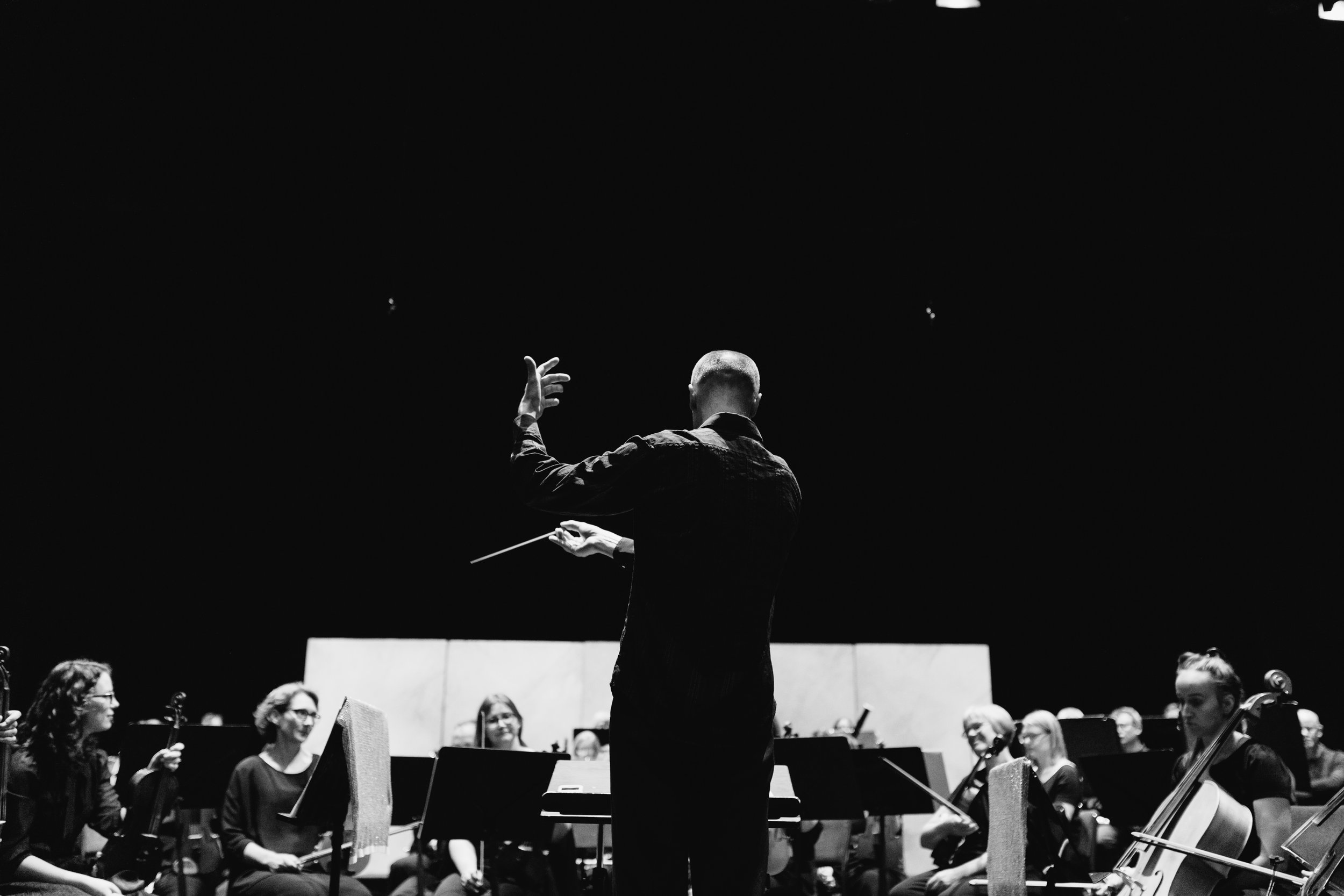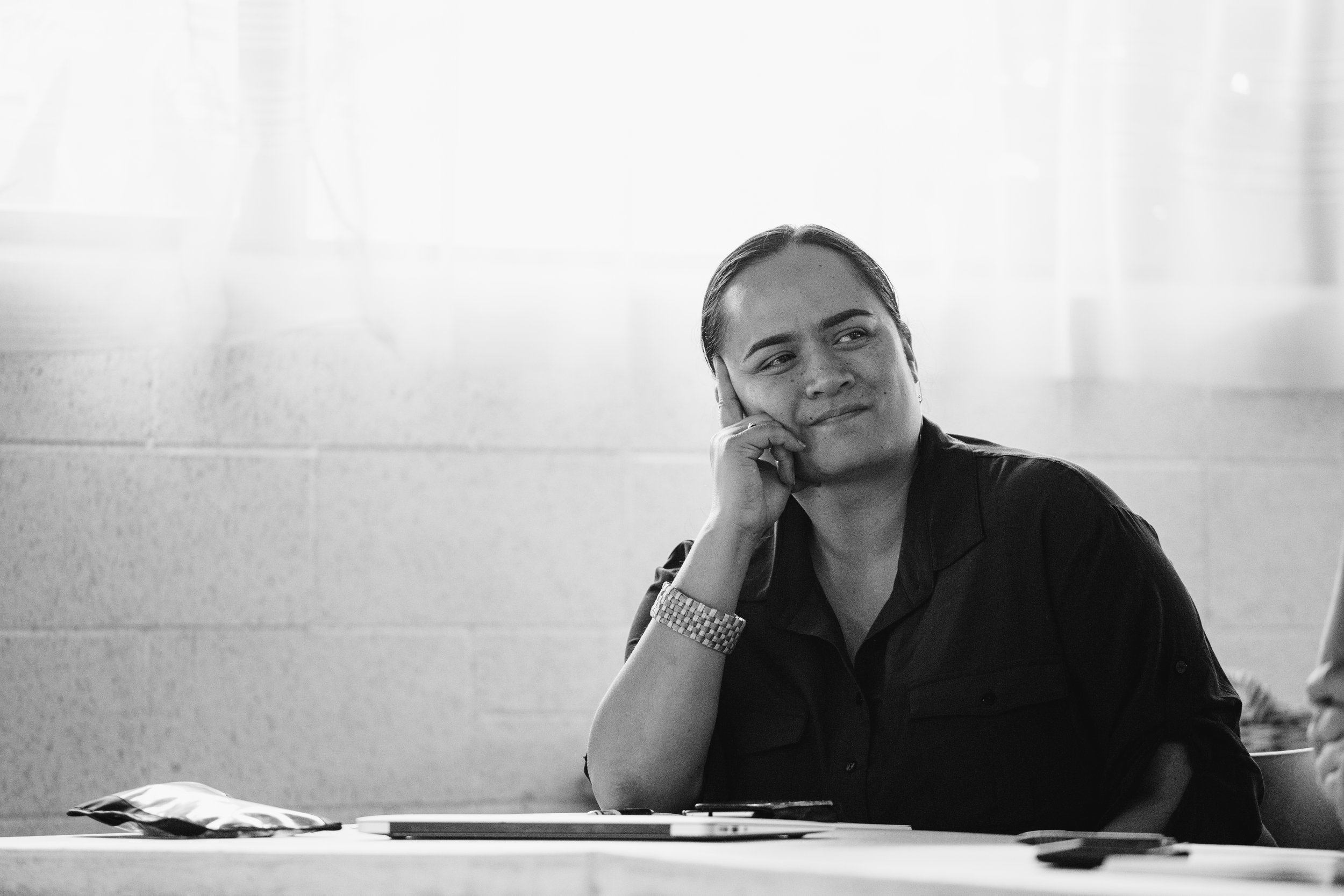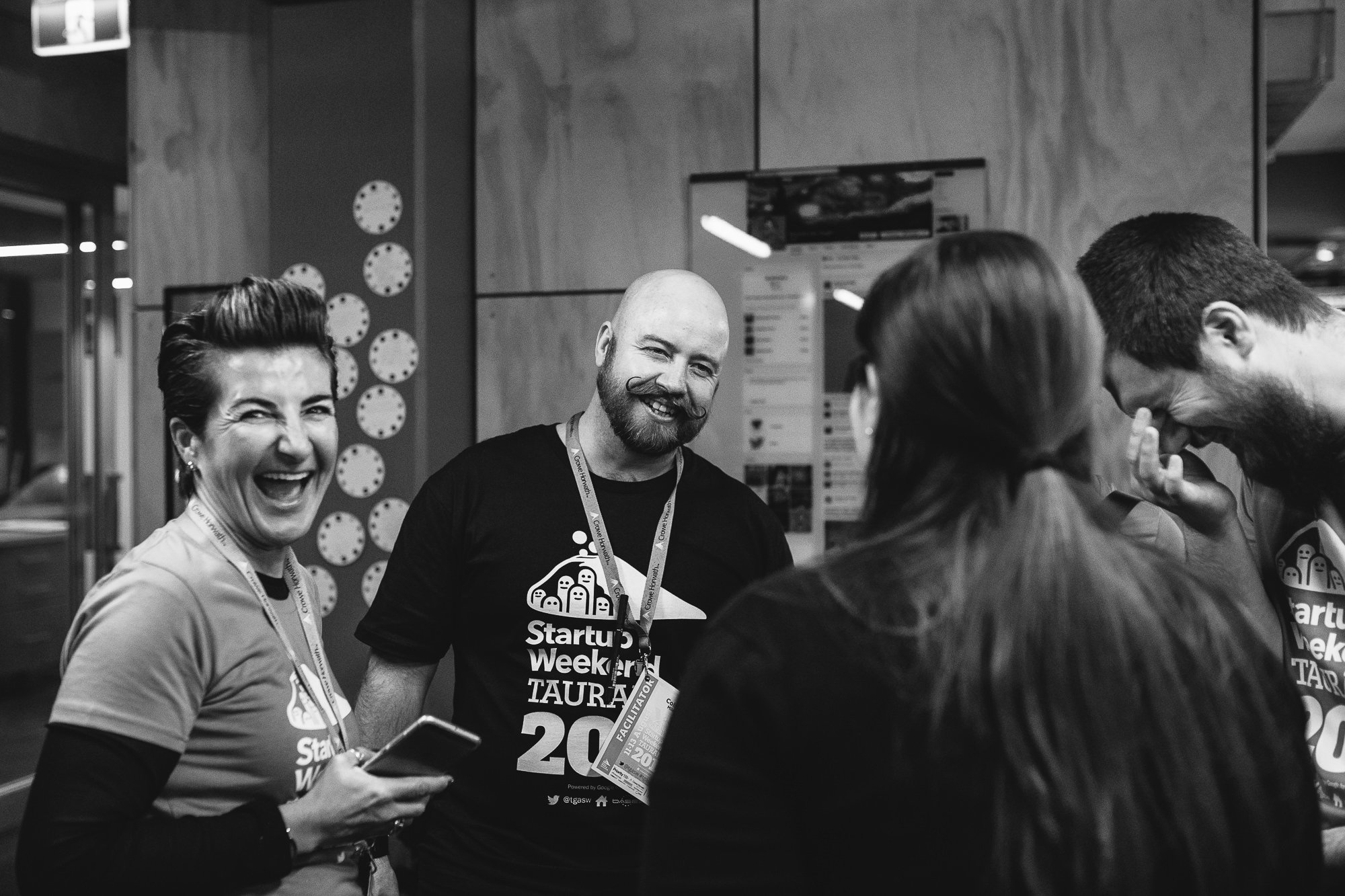How to choose a photo style for your brand’s visual identity.
There are many different styles and sub styles of photography from the trendy ‘film’ look to the ‘bright and crisp’ digital look and everything in between. Each one communicates your brand in different ways, so it’s important to have a bit of an understanding of what each style says and how that fits (or doesn’t fit) into your brand messaging. Below, I’ve done my best to categorise the many (many!) different photo styles into three main groups, outlining what each style communicates, and what type of brand each style works best for.
The soft and dreamy film look.
This photo style works well for:
Brands who want to come across as creative, cool, on trend, unique, and casual. You’ll see this style of imagery used for fashion, beauty, lifestyle, creative services, and any products that are generally looking to attract a younger (Gen Z or Millenial) audience and create a stir with their cool and relevant brand style. In general, you can identify this style of imagery when you see images that have low contrast, softer focus, grainy texture, soft blacks, and more muted colours, often creating a ‘dream like’ effect.
What this style communicates to your audience:
Your brand is unique, interesting, inspiring, and has that ‘it’ factor which draws a crowd. You’re not afraid to push creative boundaries and like to sit right at the edge of what’s trending and what’s ‘a little bit out there’. It’s this element of your visual identity that makes your target audience curious to know more about what you do and what you stand for because it’s not spelled out. If you have a product based business, people like the way your brand inspires them and elevates their own personal style identity, which makes your brand worth showing off, promoting, and sharing with their friends.
The vibrant and crisp digital look.
This photo style works well for:
Brands who want to come across as professional, relatable, fun, exciting, and capable. You’ll see this style of imagery used for brand and marketing materials across all industries, but especially in businesses that ‘help’ the general public like finance, health and well being, and education because it’s clear and easy to understand. In general, you can identify this style of imagery when you see photos that look bright, colourful, more contrast-y, focused and crisp.
What this style communicates to your audience:
You (or your brand) are an authority in your field. You’re experienced, professional, customer-focused, and confident in your abilities to deliver an outstanding product or service. People like that it’s clear what value you provide and how they can utilise your business to help solve their problems. Your brand helps your customers to feel stable, strong, or safe in some way either through the services you provide or the outcomes you help achieve. This style imagery is very versatile in that it can be used to communicate a brand that is loud, bold, and funny or to communicate a brand that is polished, simple, and corporate, it all comes down to the way we use props, colours, clothes, and styling.
Emotive black and white.
This style works well:
When used to communicate a specific emotion and is best used for storytelling and portraiture. What black and white does to an image is it strips away all distractions and allows the viewer to feel and focus on the subject. This style of imagery works great if you’re wanting to create intrigue and encourage the audience to feel something reflective, sombre, serious, or ponderous. It is also an easy way to shoot individual staff portraits of a large team, as it removes the need for colour coordinating with your brand or each other. In my opinion when it comes to creating marketing imagery for brands, black and white imagery works best when it’s used strategically within its own project or specific page but as not an overall style to communicate the entirety of a brand.
What this style communicates to your audience:
Your brand signifies strength or seriousness in some way. You’re a great communicator who knows how to weave in creativity and inspiration into your messaging while still being upfront and to-the-point. You tackle big issues head on and are not afraid to be outspoken in your world views.










